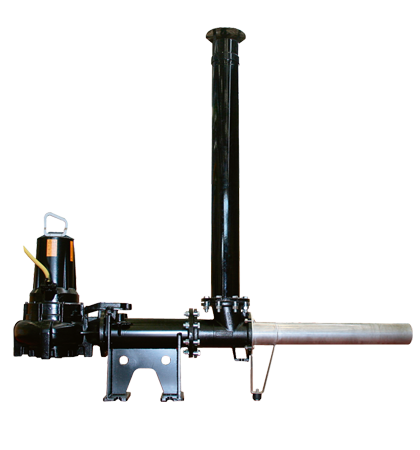COLLECTION,MANAGEMENT AND CONTROL

Rainwater treatment not only affects the safety of natural water bodies (rivers, canals, lakes, ponds, reservoirs, etc.) that flow into it, but also affects the safety of the entire sewer network and local and regional water treatment systems. Rainwater pollution is mainly caused by the following factors: substances directly from the soil and a small amount of substances from the atmosphere. Therefore, the first part of the collected rainwater will be contaminated to a large extent because this part of the rainwater will combine with all the pollutants deposited in the soil in dry weather. The use of tanks is becoming more common and used to reduce the environmental impact of initial flushing of rainwater in natural waters. The purpose of these tanks is to collect and store the first part of the rainwater produced by rainfall, preventing them from flowing into the natural waters in an uncontrolled manner. However, the solids that initially wash the rainwater settle at the bottom of the tank and are difficult to manage. These solids contain certain organic ingredients that promote the growth of microorganisms and bacteria in high temperature and high humidity environments, producing gases and unpleasant odors. This means that it is important to remove these deposits when servicing large rainwater tanks.

